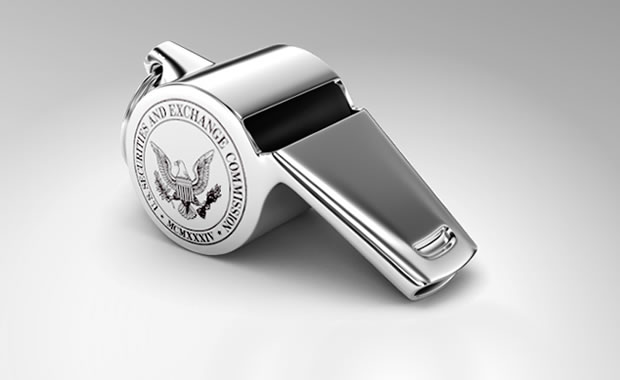
As Retraction Watch readers may recall, we’ve been highlighting — and championing — the work of anonymous whistleblowers throughout the 10-year history of the blog. Our support for such anonymity, however, is not universally shared.
In 2011, for example, in our column at Lab Times (unfortunately no longer online), we wrote:
[W]e’re baffled as to why editors and institutions ignore private emails from anonymous whistleblowers. Unless, of course, they’re trying to find ways not to do the work of investigating the claims – work that, one way or another, is their responsibility.
…
That’s because facts are stubborn things and we haven’t seen any evidence yet that people who identify themselves have any more of a monopoly on them than those who want to remain anonymous – sometimes for excellent reasons.
Some journals and publishers — including Elsevier — agree with us, while others don’t. Or do they? It turns out that the editor of one journal which has opposed anonymous whistleblowers … secretly welcomes at least one in particular.
We’re publishing — anonymously — a letter from that editor to the whistleblower. With the exception of noting that zero retractions is not necessarily a marker for appropriate levels of scrutiny, we think the letter speaks for itself:
You’ve sent me a slew of very convincing allegations regarding a handful of papers in our Journal over the past week. I normally don’t respond to anonymous emails, but I understand why it’s essential that you remain nameless in your endeavor. But in this case I feel compelled to respond with my deepest thanks for your work. I’ve written to the authors of each paper and asked them to provide verification in the form of digital files from their imaging systems, as these are nearly impossible to manipulate. I used to ask for jpg images of original uncut gels to verify or refute anomalies that we find during our analysis. But I am now loathe [sic] to accept anything other than sheets of photographic xray film or digital files from an imaging system, as these are much harder to fake.
We are posting notices of concern on PubMed regarding these papers, and will proceed to retraction if we do not soon receive the documentation I have demanded. The clock is ticking, and I fully expect that these will proceed to retraction.
We, and most readers, would never have identified these anomalies without your help. One of the things I’ve learned is that our current image analysis process is inadequate. I am initiating a discussion with our consultants about how we can dive more deeply into the analysis process. You caught them, but we should have found them first. I’m sending your links to our consultants to show them what they missed – this might motivate them to improve their game.
Please keep doing what you do – it’s a wonderful service to the advancement of science. Please feel free to pass suggestions to me regarding how you think we should focus our image analysis to catch these people before the article is published. One of my goals as an editor was to leave a legacy of zero retractions in my wake. I’ve fallen short of achieving that goal, but I’ve also learned that we need to improve our safeguards against illicit behavior.
I’m sending this from a different email address. I ask that you keep my identity anonymous, as the current journal policy is to not acknowledge anonymous emails.
Like Retraction Watch? You can make a tax-deductible contribution to support our work, follow us on Twitter, like us on Facebook, add us to your RSS reader, or subscribe to our daily digest. If you find a retraction that’s not in our database, you can let us know here. For comments or feedback, email us at [email protected].
“The current journal policy is to not acknowledge anonymous emails.”
However, authors submitting manuscripts to these journals are requested to acknowledge anonymous referees (assuming a single-blind peer review scheme). And the quality of something like 5-10% of these reviews range from poor to abysmal.
*ranges*
But it is! Via the “Wayback Machine” at the Internet Archive, at
https://web.archive.org/web/20130424165938/http://www.labtimes.org/labtimes/issues/lt2011/lt07/lt_2011_07_39_39.pdf